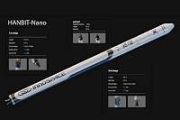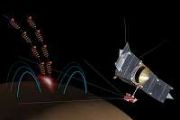
Copernical Team
Space travel depletes red blood cells and bone, but bone marrow fat may come to the rescue
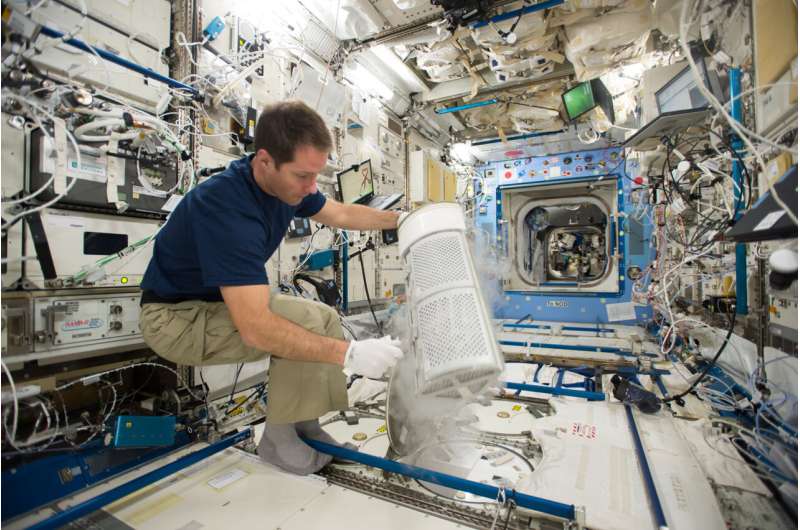
A study of 14 astronauts suggests that while space travel depletes red blood cells and bone, the body can eventually replenish them back on Earth with the help of fat stored in the bone marrow. The study, published in Nature Communications, has important implications for health in space and on Earth.
"We found that astronauts had significantly less fat in their bone marrow about a month after returning to Earth," said senior study author Dr. Guy Trudel, a rehabilitation physician and researcher at The Ottawa Hospital and professor at the University of Ottawa. "We think the body is using this fat to help replace red blood cells and rebuild bone that has been lost during space travel."
This study builds on Dr.
Scientists introduce the design and application prospect of China's Tiangong space station
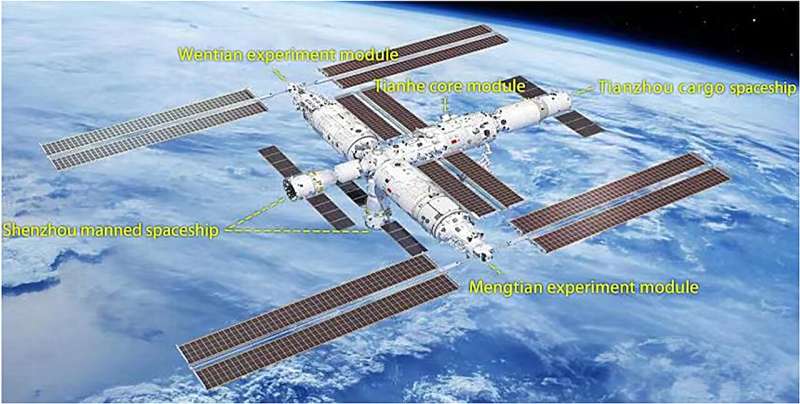
China's manned space project was approved in 1992 with a three-step strategic plan, and building a space station is the final goal of this plan.
In September 2010, China's manned space station project was officially established. On April 29, 2021, the Tianhe core module was successfully launched into orbit by the carrier rocket Long March-5B at the Wenchang Spacecraft Launch Site in Hainan.
As planned, by 11 launches and on-orbit missions, China has completed the assembly and started the official operation of the space station. With the completion and operation of the Tiangong space station, China will become the third country able to build and operate space stations independently after the Soviet Union and the United States.
In a research paper published in Space: Science & Technology, specialists from Institute of Spacecraft System Engineering, China Academy of Space Technology introduce the design of the Tiangong space station, summarize the technical characteristics of the Tiangong space station, and discuss the future application and development of the space station.
Webb captures detailed beauty of Ring Nebula

The NASA/ESA/CSA James Webb Space Telescope has observed the well-known Ring Nebula with unprecedented detail. Formed by a star throwing off its outer layers as it runs out of fuel, the Ring Nebula is an archetypal planetary nebula. The object is also known as M57 and NGC 6720, and is relatively close to Earth at roughly 2,500 light-years away.
Next major X-ray mission set to launch on Saturday

The X-Ray Imaging and Spectroscopy Mission (XRISM) is ready to launch on 26 August 2023 to observe the most energetic objects and events in the cosmos. In doing so, it will unveil the evolution of the Universe and the structure of spacetime.
XRISM is a collaboration between the Japan Aerospace Exploration Agency (JAXA) and NASA, with significant participation from ESA. The launch will be streamed live in Japanese and English on JAXA’s YouTube channel.
One giant step: Moon race heats up
 The crash landing on the Moon of Russia's Luna-25 probe is the latest twist in an international push to return to the Earth's natural satellite that has drawn in the world's top powers and new players.
Technology, science and politics are all essential factors in the Moon race.
Here is the latest on various missions:
- Russia's Luna -
The launch of Luna-25 on August 11 was the fi
The crash landing on the Moon of Russia's Luna-25 probe is the latest twist in an international push to return to the Earth's natural satellite that has drawn in the world's top powers and new players.
Technology, science and politics are all essential factors in the Moon race.
Here is the latest on various missions:
- Russia's Luna -
The launch of Luna-25 on August 11 was the fi Russia's Luna-25 probe crashes on the Moon
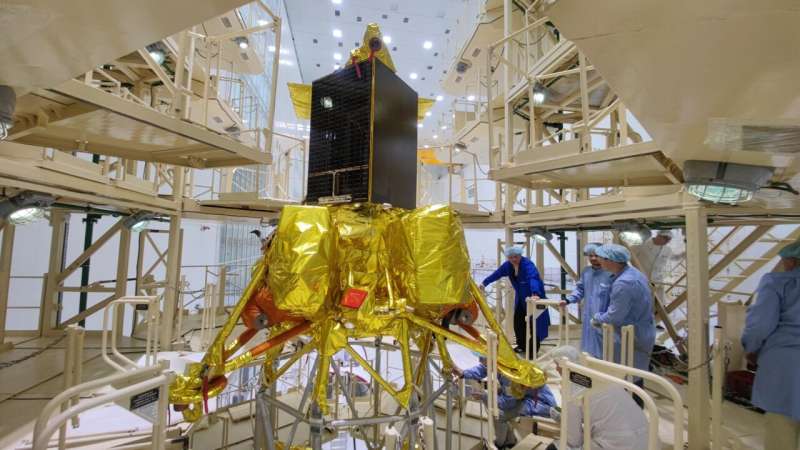
The Luna-25 probe, Russia's first Moon mission in almost 50 years, has crashed on the Moon after an incident during pre-landing maneuvers, Russian space agency Roscosmos said on Sunday.
Communication with Luna-25 was lost at 2:57 pm (1157 GMT) on Saturday, Roscosmos said.
According to preliminary findings, the lander "has ceased to exist following a collision with the Moon's surface", Roscosmos said.
"Measures taken on August 19 and 20 to locate the craft and make contact with it were unsuccessful."
The space agency said an investigation would be launched into the causes of the crash, without giving any indication of what technical problems might have occurred.
With Luna-25, Moscow had hoped to build on the legacy of its Soviet-era Luna program, marking a return to independent lunar exploration in the face of growing isolation from the West.
The 800-kilogram Luna-25 probe was to have made a soft landing on the lunar south pole, the first in history.
Russia has not attempted to land on a celestial body since 1989, when the Soviet Union's ill-fated Phobos 2 probe to explore the moons of Mars failed due to an onboard computer malfunction.
A new approach to reduce the risk of losing solar-powered rovers on the moon

Could artificially dimming the sun prevent ice melt
 With methods of so-called geoengineering, the climate could theoretically be artificially influenced and cooled. Bernese researchers have now investigated whether it would be possible to prevent the melting of the West Antarctic ice sheet by artificially "dimming the sun". The results show that artificial influence does not work without decarbonization and entails high risks.
Is there an e
With methods of so-called geoengineering, the climate could theoretically be artificially influenced and cooled. Bernese researchers have now investigated whether it would be possible to prevent the melting of the West Antarctic ice sheet by artificially "dimming the sun". The results show that artificial influence does not work without decarbonization and entails high risks.
Is there an e Russia's Luna-25 probe crashes on the Moon: Roscosmos
 The Luna-25 probe, Russia's first Moon mission in almost 50 years, has crashed on the Moon after an incident during pre-landing manoeuvres, Russian space agency Roscosmos said on Sunday.
Communication with Luna-25 was lost at 2:57 pm (1157 GMT) on Saturday, Roscosmos said.
According to preliminary findings, the lander "has ceased to exist following a collision with the Moon's surface".
The Luna-25 probe, Russia's first Moon mission in almost 50 years, has crashed on the Moon after an incident during pre-landing manoeuvres, Russian space agency Roscosmos said on Sunday.
Communication with Luna-25 was lost at 2:57 pm (1157 GMT) on Saturday, Roscosmos said.
According to preliminary findings, the lander "has ceased to exist following a collision with the Moon's surface". Emergency detected in pre-moon landing maneuver by Russia's Luna-25 probe
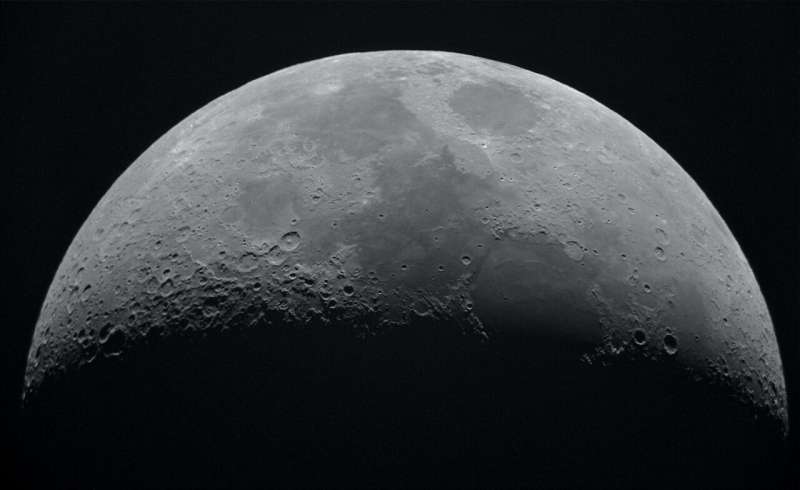
An "emergency" was detected on Saturday during a maneuver by Russia's Luna-25 probe prior to its Moon landing, Russian space agency Roscosmos said.
"Thrust was released to transfer the probe onto the pre-landing orbit," Roscosmos said in a statement.
"During the operation, an emergency situation occurred on board the automatic station, which did not allow the carrying out of the maneuver within the specified conditions."
The lander, Russia's first such mission in almost 50 years, was successfully placed in the Moon's orbit on Wednesday after being launched from the Vostochny cosmodrome in the country's Far East.
Roscosmos did not say if the incident would delay the landing, due to take place on Monday, north of the Boguslawsky crater on the lunar south pole.
In June, Roscosmos chief Yuri Borisov told President Vladimir Putin that such missions were "risky", with an estimated success probability of around 70 percent.
The probe is expected to stay on the Moon for a year, where it is tasked with collecting samples and analyzing soil.
Cameras installed on the lander have already taken distant shots of the Earth and Moon from space.












